It could be more severe than you think.
How to stop bleeding gums ? According to the European Society of Periodontics, gum problems affect 8 out of 10 European citizens, yet they are often unrecognised. Loose, wobbly teeth and even tooth loss can begin in your gums – and also affect other parts of your body.
Periodontal diseases damage the tissues around your teeth; the tissues that actually support the teeth. The main cause is bacteria. When bacteria accumulate on teeth, gums, crowns and fillings, this allows a film or layer of dental plaque to form. Plaque is that soft, sticky, initially colourless film which attaches to your teeth – often without you knowing.
Gingivitis is the most common gum disease and is basically inflammation of the gums surrounding the teeth. It appears as swelling or redness and can sometimes cause irritation, but, Gingivitis can also be painless so you might not even know you have it! Research indicates that almost 100% of the population has Gingivitis at some point in their lives.
Genetics, some health problems and factors such as tartar – plaque that has hardened and is difficult to remove – can increase the risk of Gingivitis and result in symptoms such as bad breath, bleeding when you brush or floss your teeth, receding gums, loose, unstable teeth or even tooth loss.
Some research indicates that various hormonal factors might make women more susceptible to Gingivitis. Puberty, pregnancy, the use of contraceptives, the menopause and other female bodily changes can all have an exaggerated effect on the bacteria which can cause Gingivitis, so it is particularly important for women to be extra vigilant.
However, left untreated, Gingivitis can evolve into a more serious and destructive disease named Periodontitis – which can unfortunately cause permanent damage to your teeth. It is therefore very important to know how to diagnose, treat and prevent Gingivitis and how to stop bleeding gums .
Gingivitis – how to diagnose it, treat it and prevent it, How to stop bleeding gums.
First of all – be aware of the signs. Look out for any redness, swelling, tenderness or bleeding when you brush or floss your teeth.
If you smoke, there may be fewer visible signs and less bleeding, but as the disease can actually be more aggressive for smokers, please be extra attentive and visit your dentist if you are unsure. Smoking triples the risk of suffering periodontal diseases.
Treatment for Gingivitis means the thorough removal of plaque and bacteria, which your hygienist or dentist can easily do for you. They can also teach you the correct way to keep your teeth scrupulously clean, which, done systematically, can help prevent gingivitis from reappearing.
To prevent Gingivitis, it is important that your personal dental hygiene is thorough. Carefully brush your teeth at least twice daily – though three times is even better. Make sure you reach those difficult areas between the teeth by using dental floss or an interdental tooth brush – and don’t forget your tongue. Using mouthwash can help prevent gingivitis, but it is not a replacement for careful and systematic brushing of your teeth and tongue. Scientific evidence shows that both manual and electric tooth brushes can be good for removing plaque, but your dentist can show you the best and most effective way to use them.
Avoiding smoking and trying to control your stress levels will also help you fight against Gingivitis and how to stop bleeding gums . Regular six-monthly check-ups with your dentist or hygienist will ensure that any changes will be easily detected, so don’t forget to book that appointment.
Take action now to achieve optimum oral health – it’s easy now that you know how! Also see here Gingovoplasty.
Giovanny Restrepo
Dentist
Special interest in Periodontics

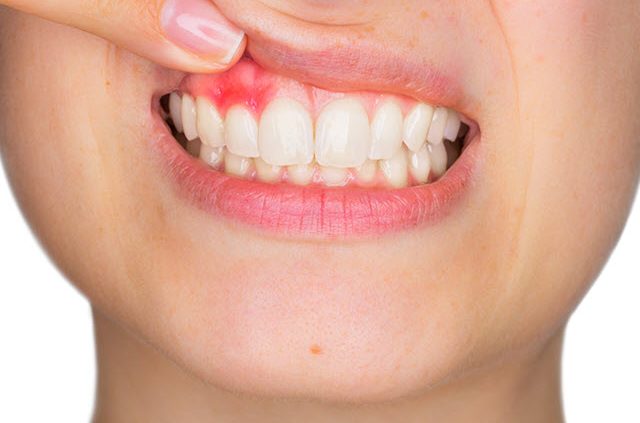
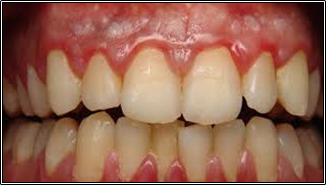
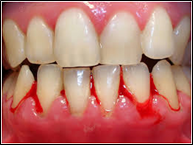
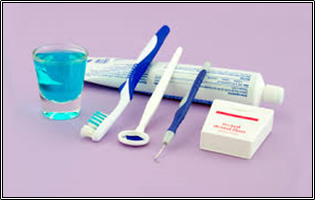
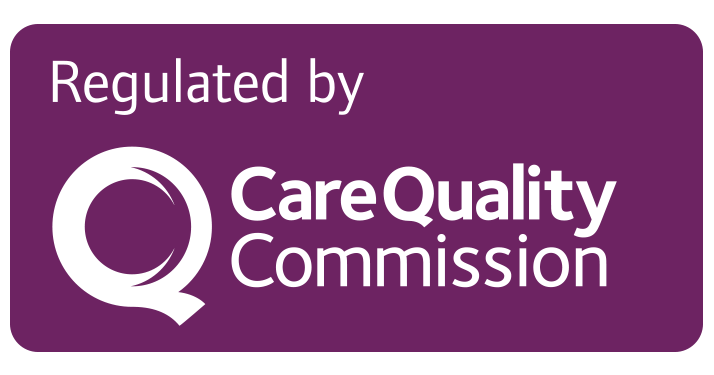


Leave a Reply
Want to join the discussion?Feel free to contribute!